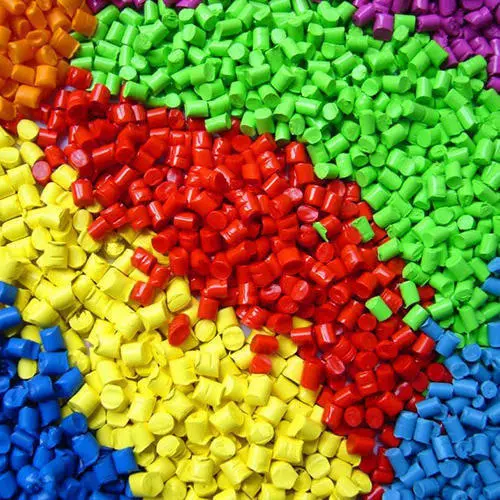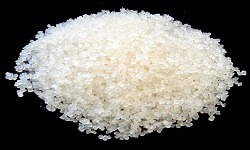Nylon 6
|
IUPAC Name |
: Poly(aminohexanoic acid) |
|
Cas Number |
: 25038-54-4 |
|
HS Code |
: 390810 |
|
Formula |
: (C6H11NO)n |
Basic Info
|
Appearance Name |
: Opaque Milky White |
|
Common Names |
: Polycaprolactam, Polyamide 6, PA6, Poly-ε-caproamide |
|
Packaging |
: 25kg/bag |



.webp)

---taiwan.webp)
